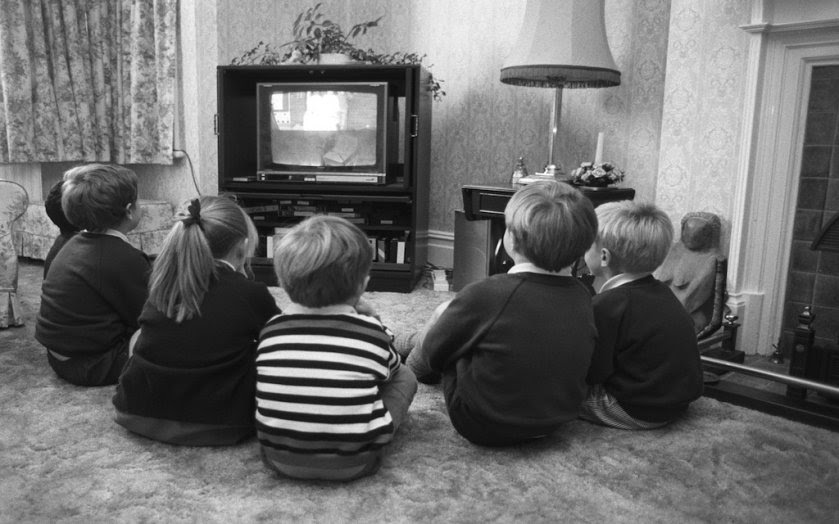Does Art Imitate Life? 50-Year Long Study Shows What Kids Learn from TV Shows

Image courtesy of FEH Media Insight
By Margaret Adams
UCLA’s Psychology Department recently released a study that reported what values children between the ages of eight and 12 learned from television shows aired between 1967 and 2017.
The study mapped the ways in which 16 different values rose and fell in popularity among “tweens” watching TV. Some of the values measured include hedonism, tradition, achievement, community feeling, fame, financial success, self-acceptance, and spiritualism.
The study, “The Rise and Fall of Fame: Tracking the Landscape of Values Portrayed on Television from 1967 to 2017,” measured the values in two of the most popular television programs per decade among tween demographics, according to Nielsen ratings.
For example, the values of The Andy Griffith Show and The Lucy Days were measured in 1967 while values emphasized in Hannah Montana and American Idol were measured in 2007.
In order to determine what values each two shows emphasizes, the researchers used a method that “measured audience perception of television characters’ values” through crowd-sourcing reviewers on social media and Amazon’s Mechanical Turk. There were 60 participants, aged 18-59 years, who ranked how heavily each value is emphasized in each show.
One of the biggest findings of the study was that the value of fame among tweens peaked in 2007, while community feeling (being part of a group) fell in popularity. Fame being the most important value that tweens glean from Hannah Montana specifically is ironic, considering how the show is about a girl who lives a double life in order to escape fame.
“I was shocked, especially by the dramatic changes in the last 10 years,” said UCLA doctoral student in developmental psychology and the lead author of the study, Yalda T. Uhls. “I thought fame would be important but did not expect this drastic an increase or such a dramatic decrease in other values, such as community feeling. If you believe that television reflects the culture, as I do, then American culture has changed drastically.”
The researchers attributed the popularity of fame among tweens to the rise of social media and the desire for having a large online audience through Youtube or Facebook. The two least emphasized values in tweens in 2007 were spiritualism and tradition.
“The biggest change occurred from 1997 to 2007, when YouTube, Facebook and Twitter exploded in popularity,” said Uhls . “Their growth parallels the rise in narcissism and the drop in empathy among college students in the United States, as other research has shown. We don’t think this is a coincidence. Changes we have seen in narcissism and empathy are being reflected on television. In the past, children had their home, community and school; now they have thousands of ‘friends’ who look at their photos and their posts and comment on them. The growth of social media gives children access to an audience beyond the school grounds.”
By 2017, community feeling became a more prominently-emphasized value, and fame fell in the ranks. According to the researchers, the decrease of the popularity of fame was explained by the rise of more social media platforms like Snapchat and Instagram, making the possibility of having a larger audience more attainable and fame less desirable. The Great Recession also could have shifted focus from fame and financial success to community-centered values.
There was also a push for cyber-bullying awareness, promoting community ideals and including social and emotional learning (SEL) in curriculums across America.
“Help children understand that reality shows do not depict the experience of the average human being, and that fictional shows do not adequately depict the struggles associated with achieving fame,” said the researchers to parents of tweens.
“I believe television reflects the culture, and this half-century of data shows that American culture has changed drastically,” said Uhls. “Media plays an important role because young people develop a concept of the social world outside their immediate environment.”






